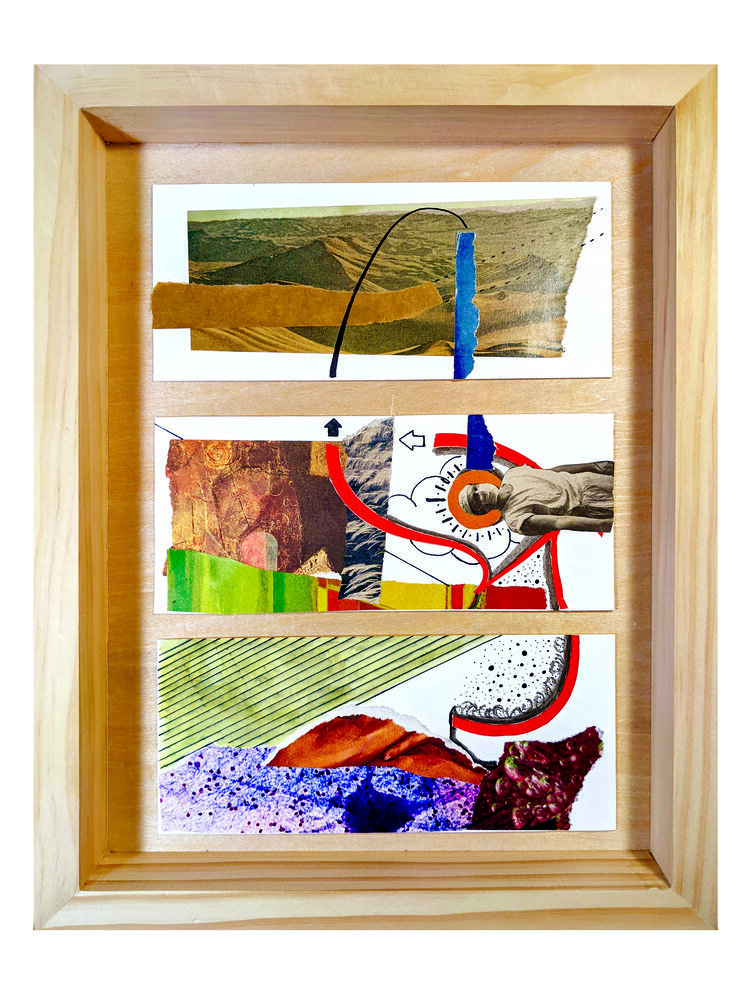It’s been a while since the last post but it’s good to be back with the next in this series on our Core Values. Next up is the “Delight in Design” Core Value. This value is the basis of why most architects choose the profession. We thrive on the iterative process of taking disparate conditions and creating a wholistic solution that is functional and beautiful….aka Design.
This post is somewhat bittersweet. Our Aspiring Architect, Justin Tuttle, had expressed interest in writing a blog post, and since he is fairly fresh out of architecture school and generally a design-y kind of guy, it seemed appropriate for him to write a post on design. In the interim, Justin decided to move on to another opportunity. We wish Justin the best of luck and know that wherever he lands he will bring his positive spirit and Delight in Design.
Without further ado…
HOW DO WE MEASURE “GOOD” DESIGN
by Justin Tuttle
“Design is the intermediary between information and understanding.” Hans Hofmann
THIS ISSUE WITH APPLYING “GOOD AND BAD” TO DESIGN
“Good” design is more than how well something is constructed; or perhaps, more nuanced than a critique from a popular magazine. Good design has less to do with our eyes and more to do with our minds; it is a deep conversation with the world around us.
"Good” and “bad” at their simplest form in language, are subjective measurements, a way to classify and identify outcomes. The terms good and bad have historically been associated with morality. These words eventually infiltrated design and aesthetics where their use can be somewhat limiting. At their best, however, they begin a deep and rich conversation about the responsiveness, layers, and intentions of design.
RESPONSIVE DESIGN ALLOWS FOR A DIALOGUE
What is “good" design? Good design is responsive. Let’s say you are designing a home and trying to decide what type of windows to install and how many, and specifically, what size the window in a certain room should be. To make these choices, there are many questions that must be answered: How much sun does there need to be in this room? What is the view beyond the window? What can be seen in the room from outside of the window? What are the physical dimensions of the window? How sustainable does the window need to be? Does the window need to be operable?
The challenge with the design process is that there are hundreds if not thousands of questions that must be considered for each design element (a window in this case) in relation to itself and the multiple other windows, doors, walls, etc.. There is no guidebook or list of questions that formulaically create an ideal good design because the answers to these questions should change with each client and project.
Poor design often results from a multitude of unanswered questions; “Why is this door here?” “Why does my house get cold or hot so fast?” “Why is it so dark in this room?” Good design results from a well hashed out, highly responsive conversation. The more questions you ask and answer about the window, and the many hundreds more elements to follow, the more responsive—or better—the design is.
WHAT IS DESIGN RESPONDING TO
The limitless unanswered guidebook of design questions can be categorized as a tool for developing design. It is nearly impossible to create a design that preemptively answers all the necessary questions; they must always be asked anew for each project. To make sure necessary questions are asked, it can help to think of them in layers.
Not all project types or scopes of work will address all the layers; however, all projects should address at least one of them. No layer is more important than the others. Additionally, the concepts in the layers overlap; topics shared between the layers scale down to the individual person. This process is somewhat like deductive reasoning, or using facts, rules, definitions, or properties to arrive at a conclusion (like a detective!)
For many projects, the engagement begins at the Political level. For example, should architects design prisons? How can zoning codes be redefined to be more equitable? What role does the government have in assisting architects to meet sustainability goals?
The conversation continues into the Regional layer. Here the questions relate to sourcing of materials, historical context of neighborhoods and existing architecture, weather microclimate, state and city building codes, the surrounding urban environment, and much more. The regional layer begins to merge with the social when the design interacts with specific groups of people like pedestrians, families, customers, church congregations, etc.
Creating a "good" or responsive design is a wildly creative realm where a the choice of a single window creates a conversation with a state's building code, the amount of sun the client will experience when they wake up, and the historical vernacular of windows since the beginning of the twentieth century.
THE COST OF NOT BEING RESPONSIVE
Architects have always had great societal and civic moral obligations because architecture affects the safety and daily lives of many people. While the intentions of design are open to interpretation, the ramifications of design can boldly shape the environment, cities, and streets we all inhabit. Naturally, within the design process, the intentions of a design often change as they encounter the realities of the client's needs, and the project's constructability, cost, and more. That is responsive design. The cost of not being responsive with our design approach is not only to limit the end design, but also to lose the potential to engage with our communities. Responding to the multiple layers that constitute our daily lives creates a vastly richer conversation than judging whether a design is “good” or “bad”. With these concepts in mind, let's go out into the world and boldly start innumerable conversations about architecture, design, and community.



